Tingler's Mill has a long and varied history.
As a present-day decorative fixture of Paint Bank, its presence makes a grand statement about revitalization and historic preservation. In the past, however, it was an important element of everyday life in the town of Paint Bank, Virginia, serving area farmers and residents as a source of grain and flour by grinding corn and wheat.
The grist mill sits on Potts Creek, on property originally owned by Revolutionary War hero Colonel William Preston. Preston was given the land grants in 1780 for his service in the war. Through Preston's children the property eventually passed to John H. Peyton, Preston's granddaughter's husband, in 1816.
While the unincorporated town was officially formed in 1851, the mill building itself was not built until 1863. Henry Tingler began a small water-powered operation to process corn, wheat and oats for local farmers. During the civil war Tingler was drafted into service by the Confederacy, but managed to return home by proclaiming that his services as a miller were more valuable than his services as a soldier. A Union sympathizer, after his return home he not only supplied food to the people in the area, but also gun powder to the fighting forces.
Tingler's daughter Molly married W. H. (Harve) Humphreys, who lived in a house near the present-day general store and worked the mill with Tingler. According to Humphreys's grandson, Watson Smith of New Castle, Humphreys wanted to keep the business in the family, and expand it to include making flour. Tingler could not read or write, so Humphreys provided the driving force behind the renovation. In 1897, Humphreys borrowed $10,000 and reworked the mechanics of the mill, tearing down the original building and starting over. The small grist mill became a manufacturing mill capable of large scale flour production. The building which stands today most likely is that second building, erected over the old foundation in 1897.
Humphreys bequeathed the mill to his son, Johnny Henry Humphreys, who operated the mill until 1952, when he sold it to Roy S. and Coral May Morse. Roy Morse sold the mill to David E. and Marcia Harrison a little over a decade later, in 1967. By this time, local residents say, government regulations on the mill had become so strict that operating it was no longer cost-effective.
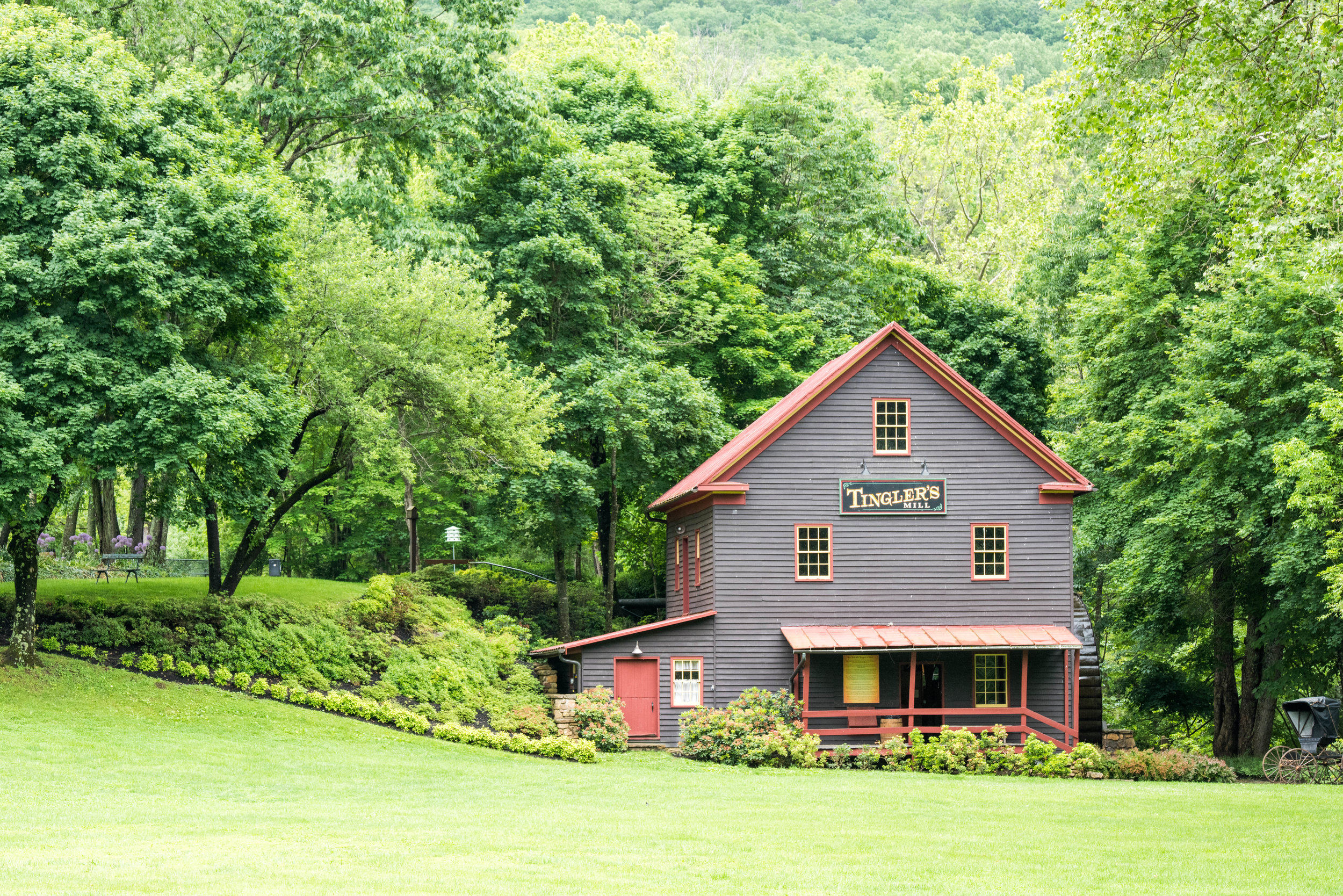
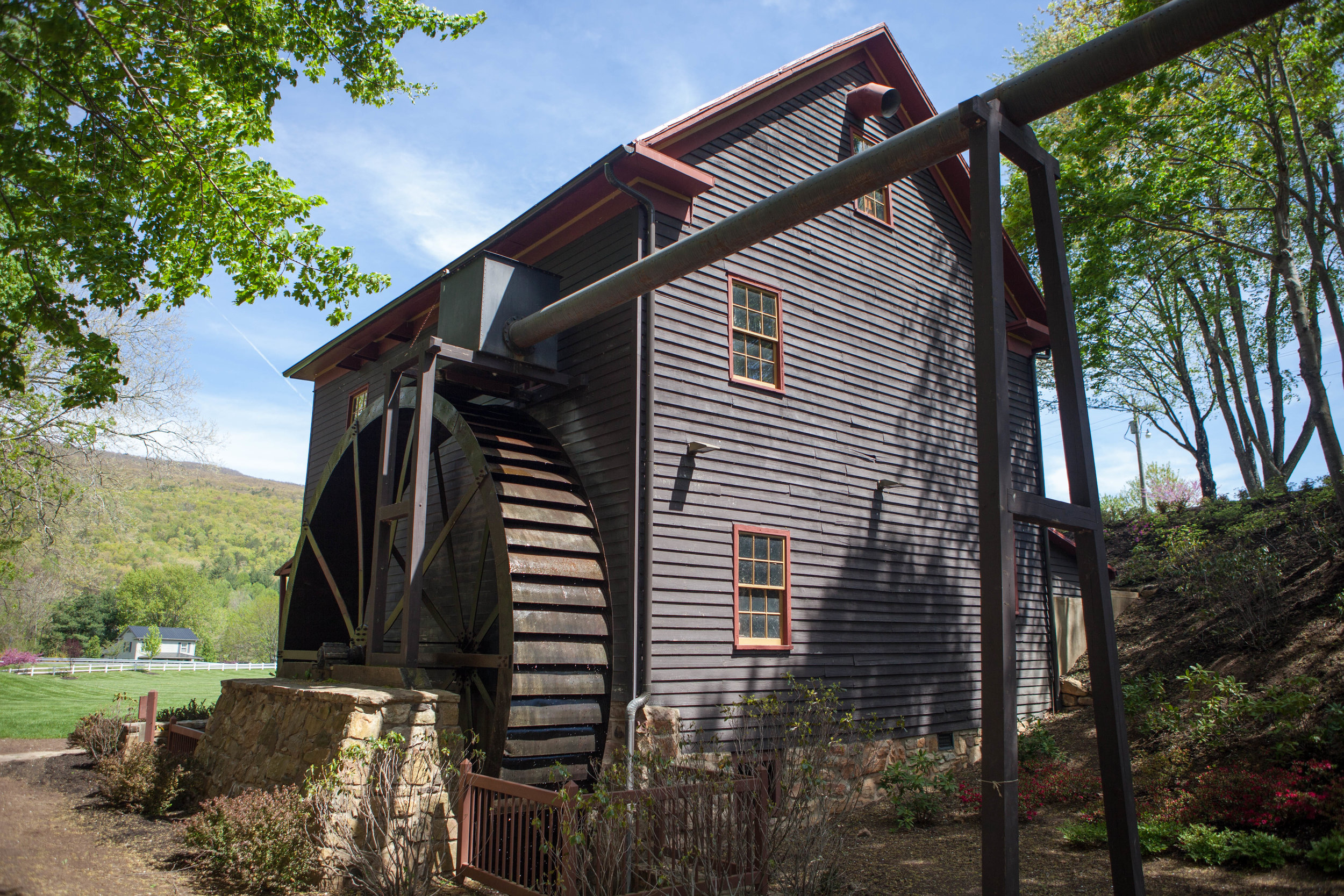
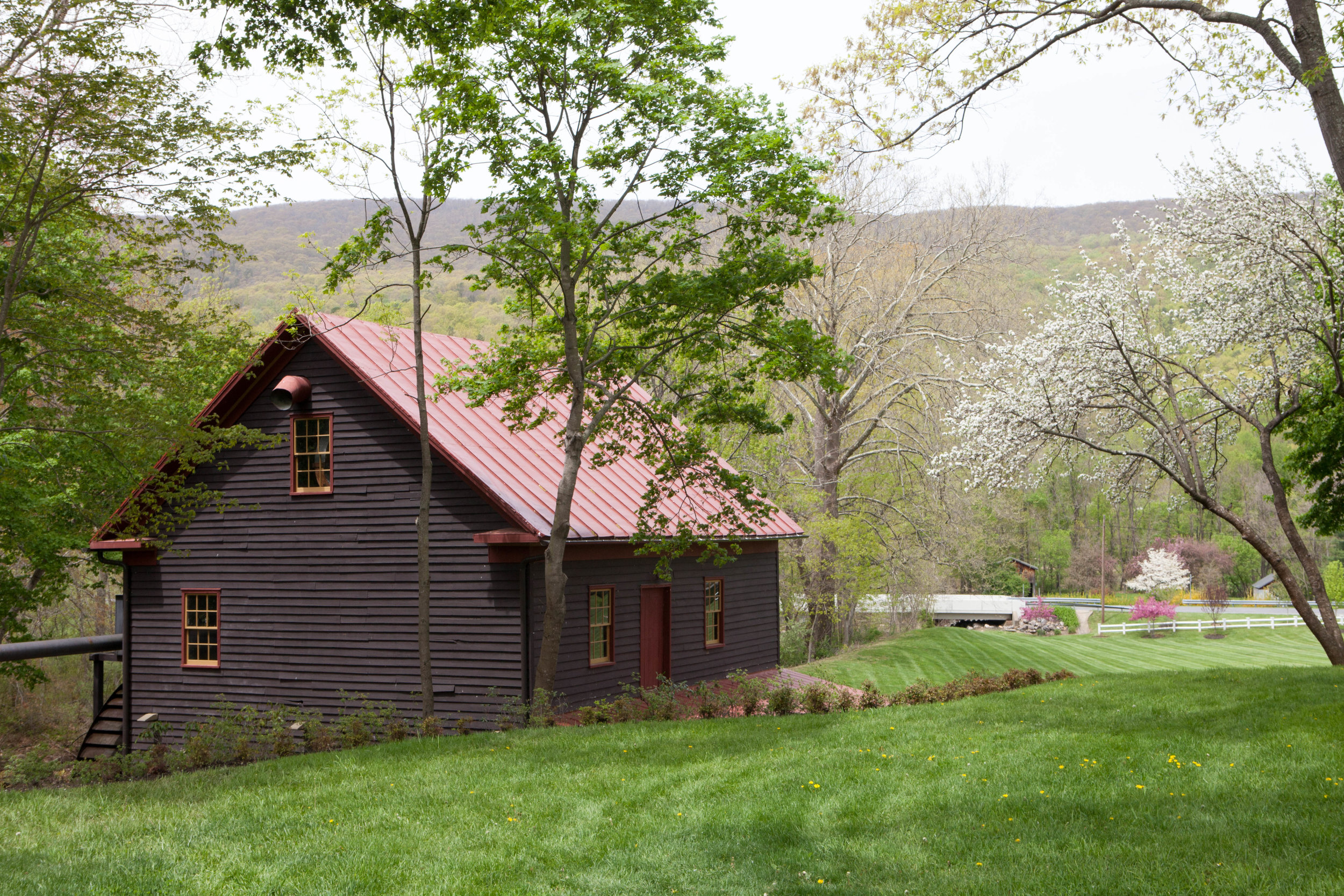
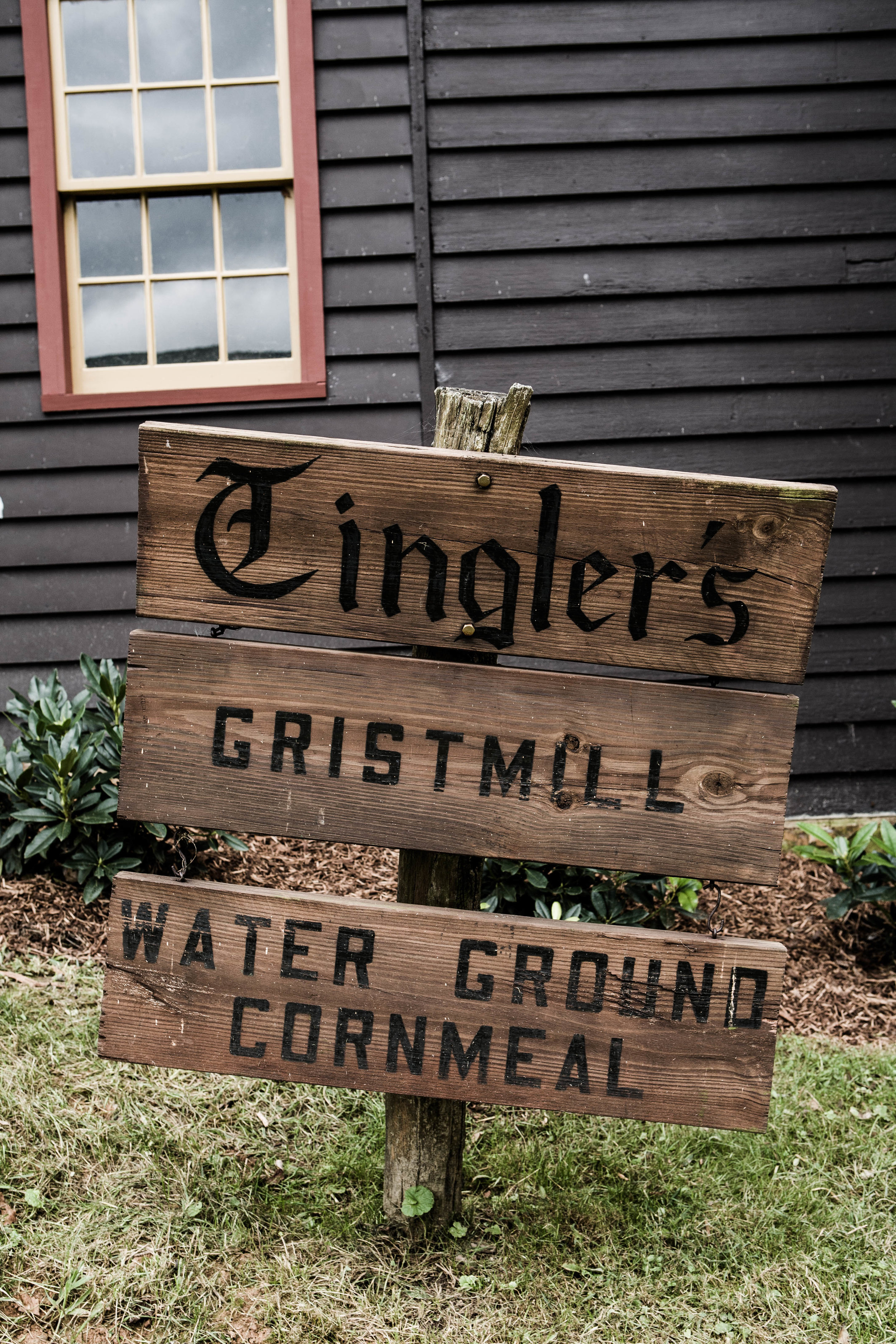
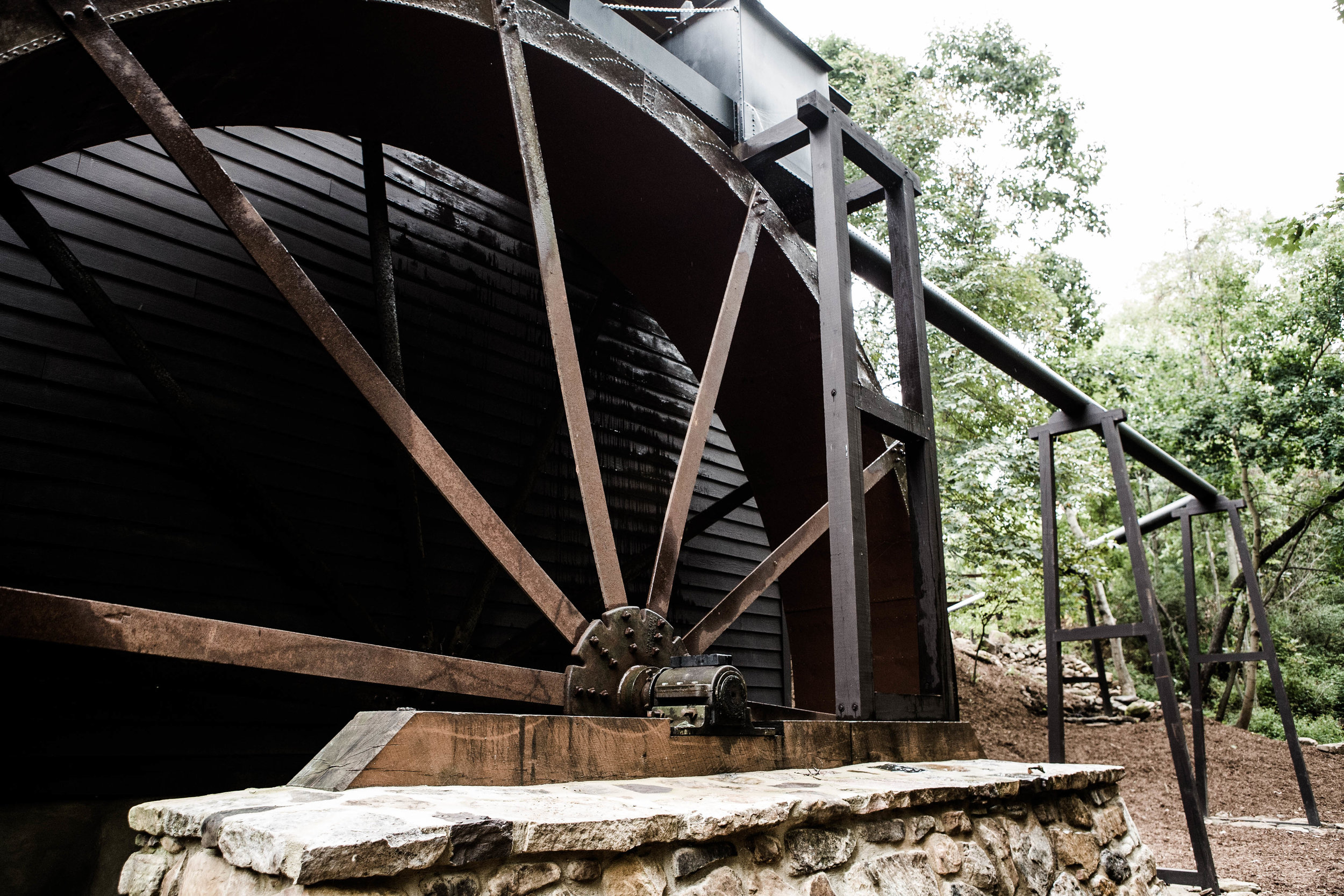
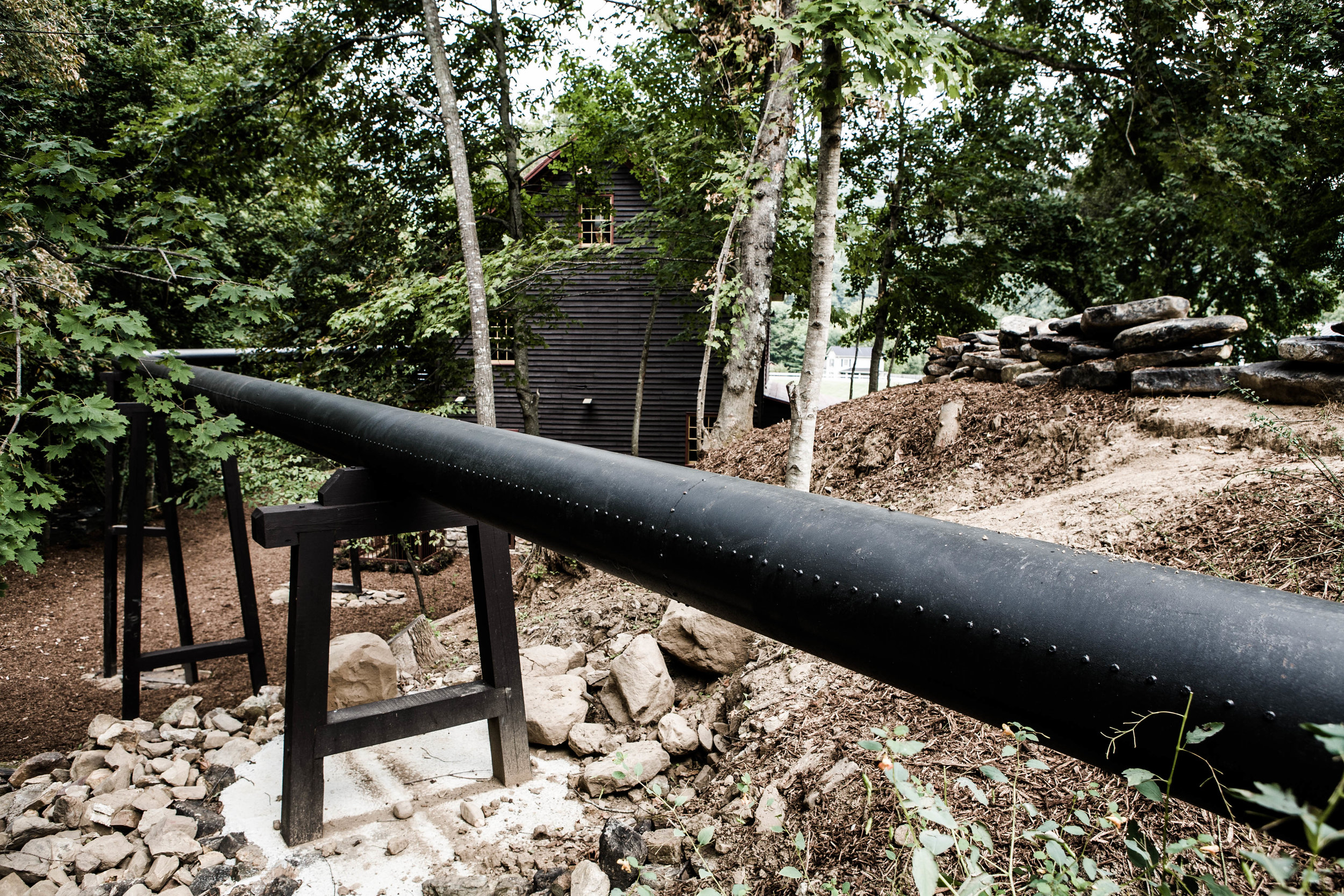
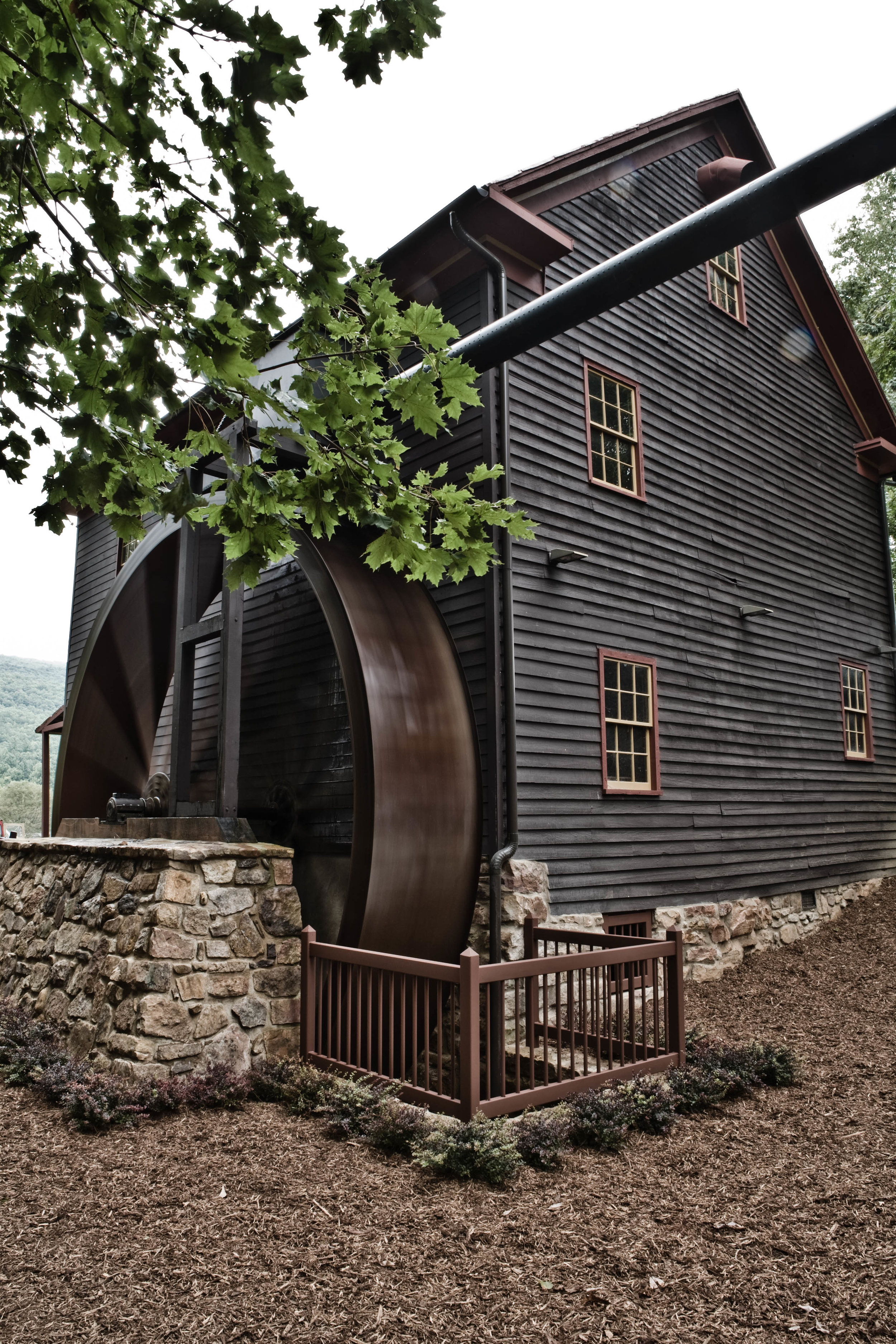
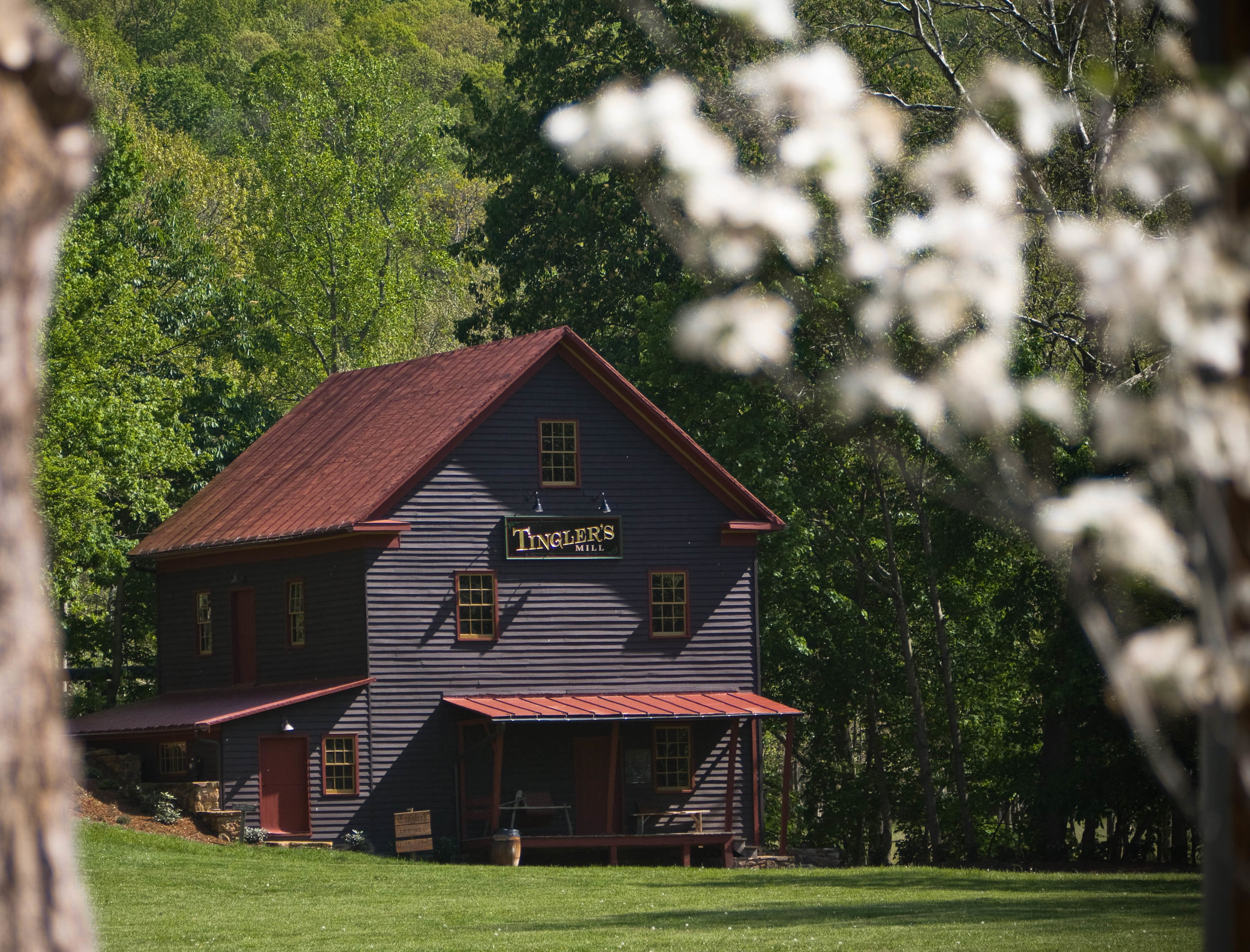
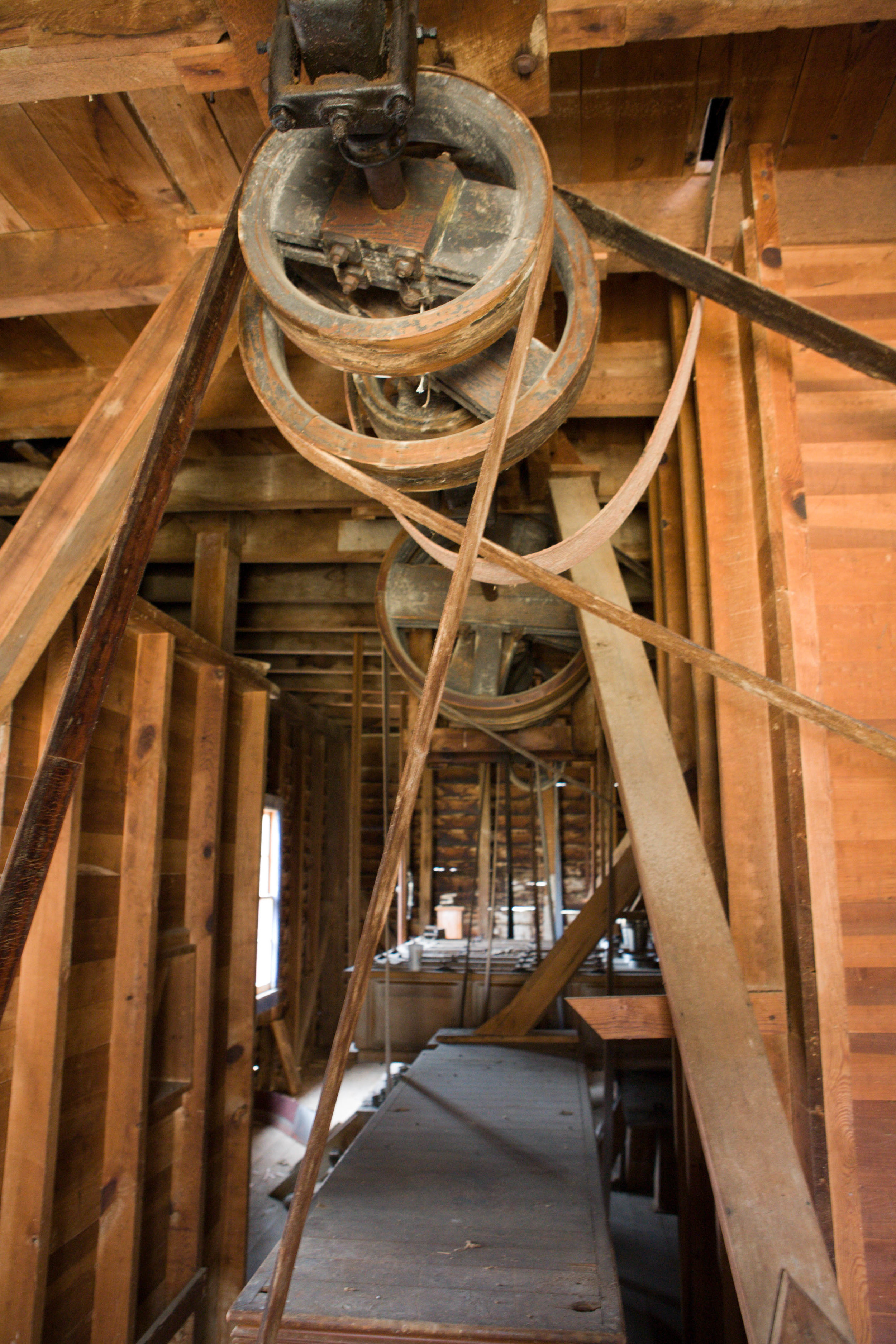
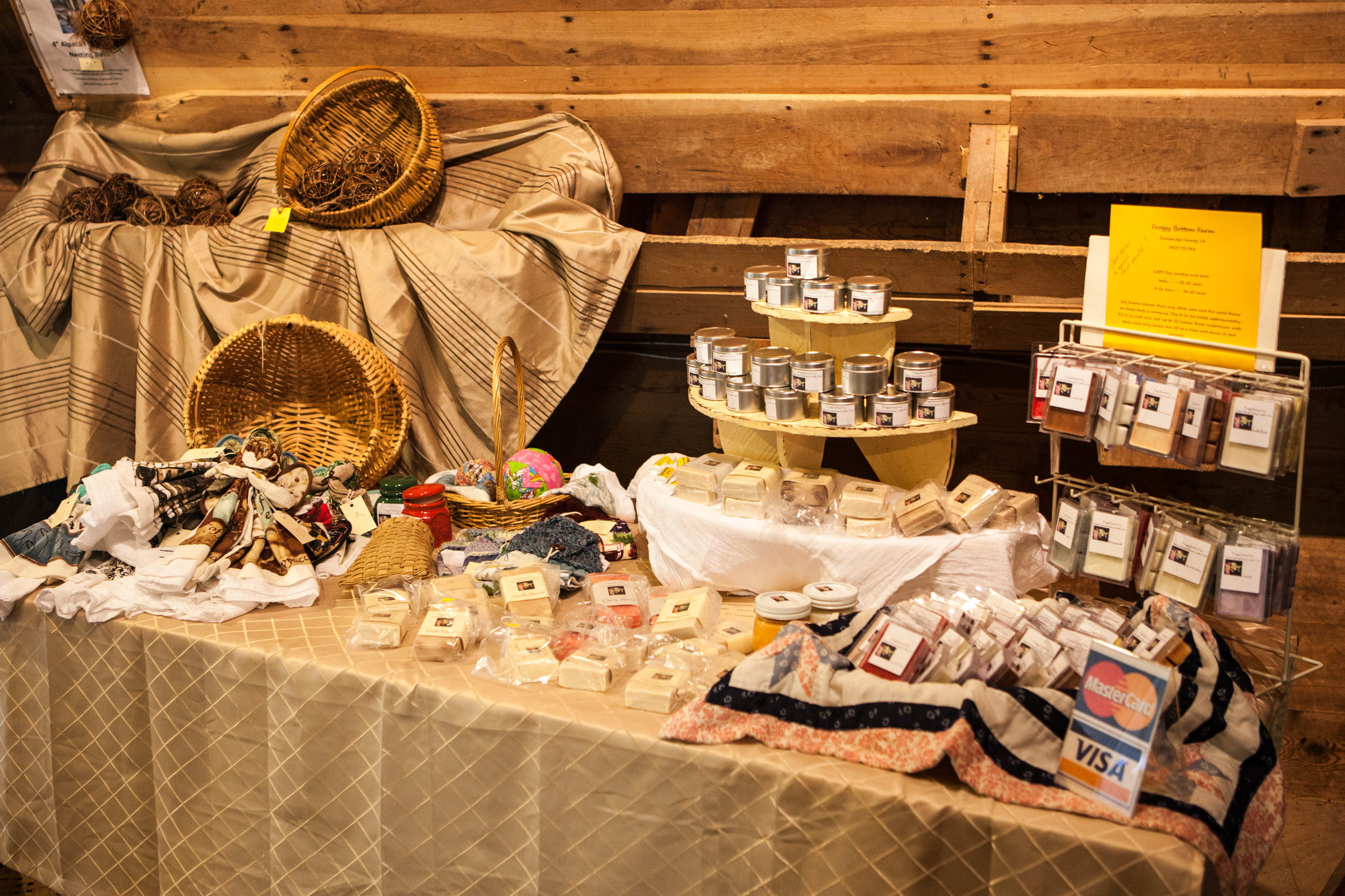
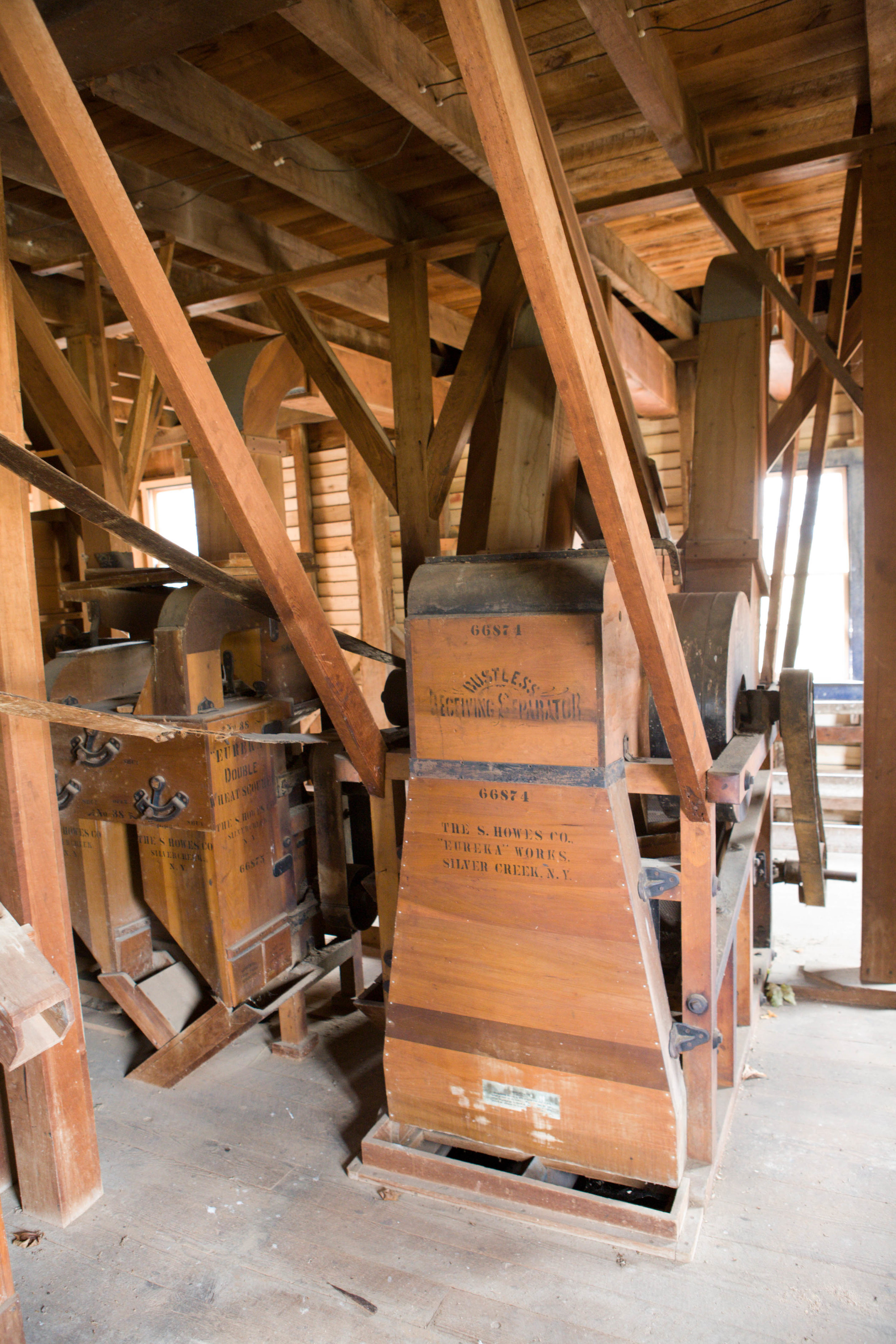
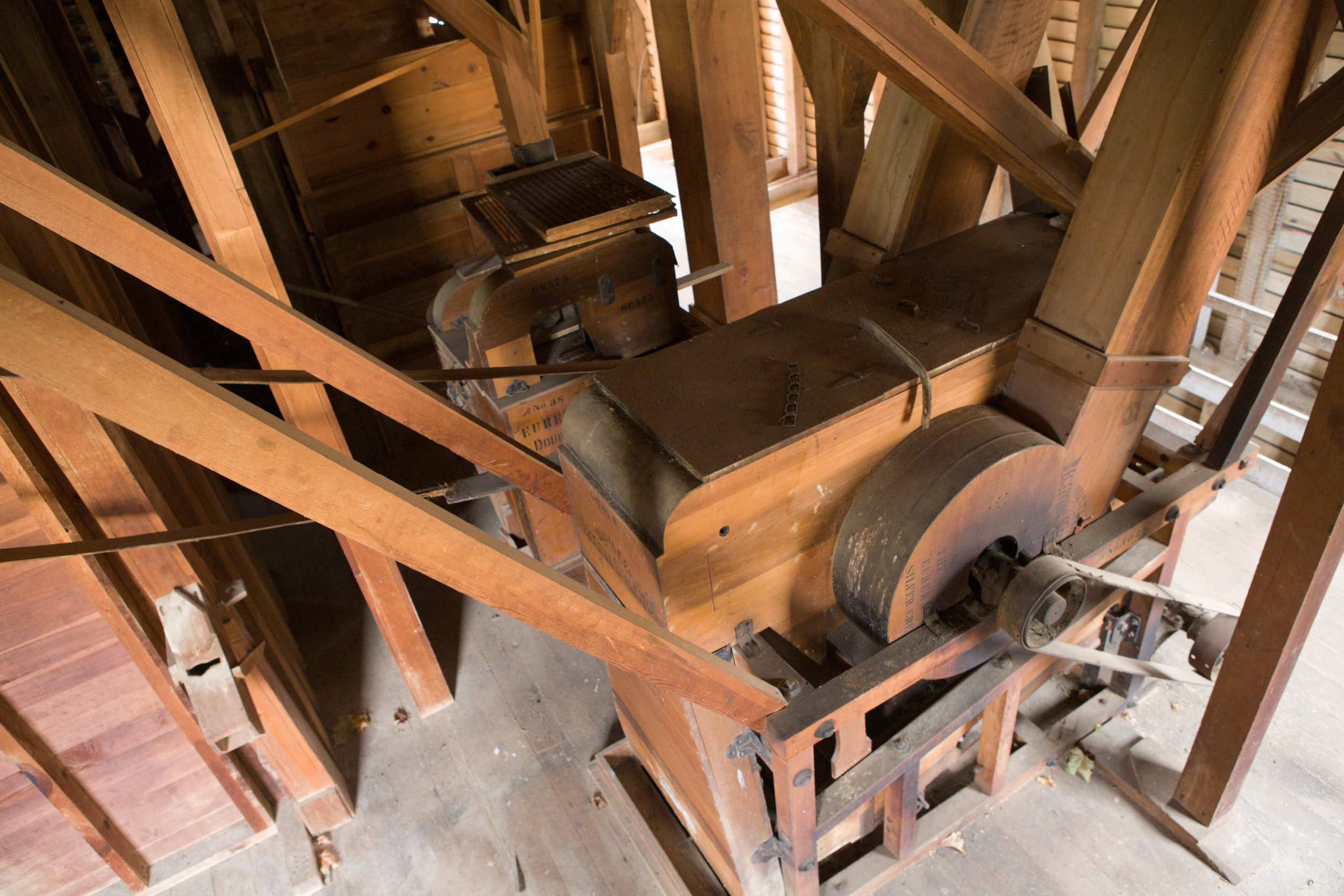
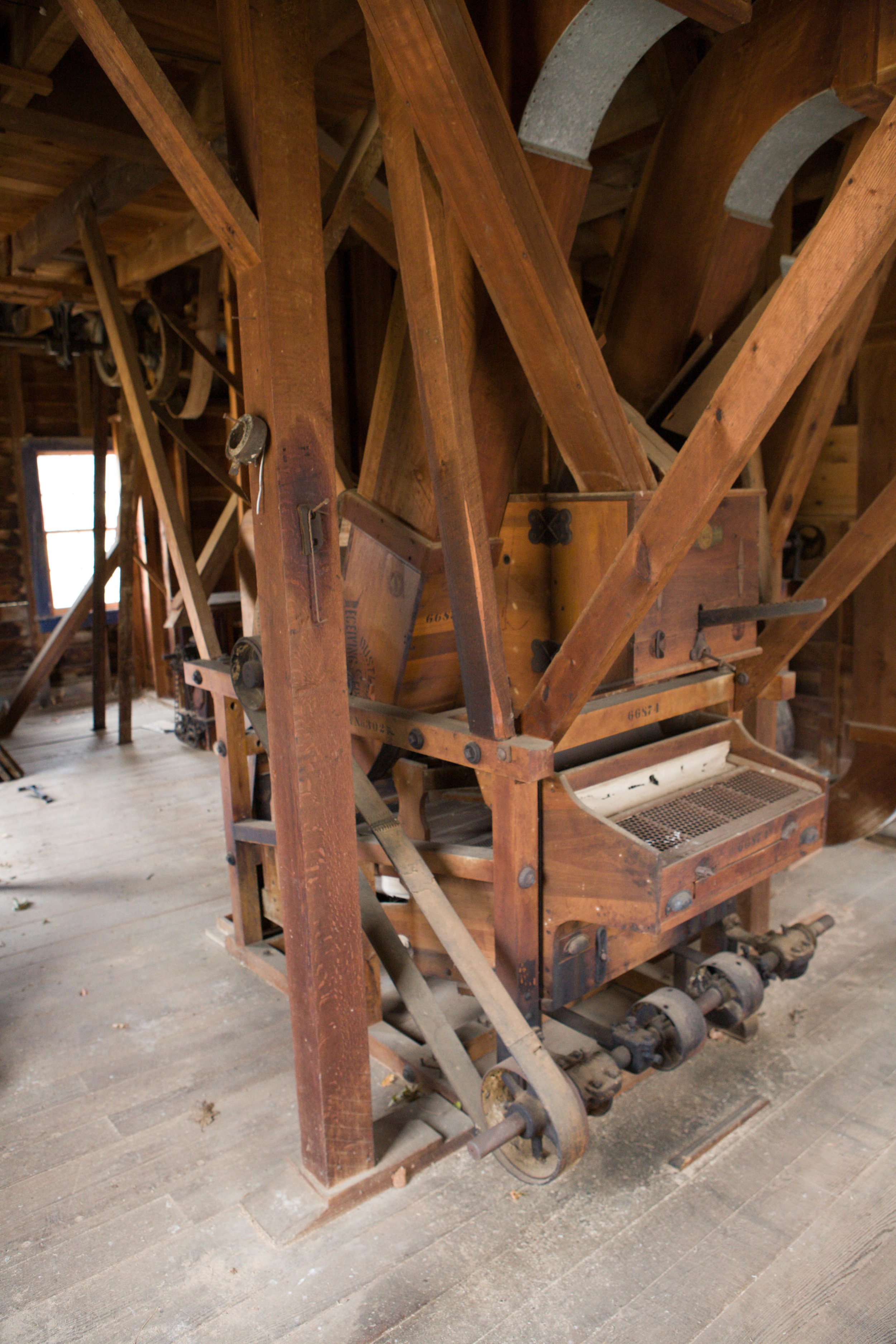
From 1897 until 1971 the mill was known as "Humphreys Mill". In 1971, when the Harrisons sold the mill to A.J. and Dorothy W. Tingler, the mill became known as "Tingler's Mill". The Tinglers kept the mill in the family until 1993, when it was sold to Jonathan F. Fitzgerald with the stipulation that the mill continue to be called "Tingler's Mill". Fitzgerald sold the property to the Mulheren family, the present owners.
In 2004, the mill pond was revitalized and is now stocked with trout, which you can feed. Recently the entire exterior of the mill was restored, a new race was constructed and the big wheel is once again turning. Restoration of the inside of the building is on-going as the present owners continue to bring the mill back to its former beauty and function. In the future, they hope to add tours to view the machinery and to be able to have demonstrations of the complete milling process, from kernel to flour. Presently, you may tour the first floor. Currently, there are local crafters selling their wares and holding demonstrations in the mill every weekend from early spring until late fall.
The Mill
Harnessing nature to do one's bidding was one choice man had to ease his burden. A gentle stream could be controlled to do just that. The water-powered mill is an example.
The water from a stream or pond travels to a point above the water wheel. A head is established, which is the distance water drops to the point of impact against the wheel. This is known as the percussion stage. Secondary to the percussion stage is the fall. The fall is the action of the water against the wheel below the point of impact. This is the gravity stage. The two stages combine to cause the rotation of the water wheel.
Once the wheel is set in motion many mechanical principles become involved. Gears, levers, the inclined plane, wedges, the screw, pulleys and cranks are all components of a mill operation. Without some of these, the transfer of the vertical rotation of the runner stone could not be accomplished.
Early mills were arranged in a vertical fashion. Grain was hoisted from wagons to the top floor. Through hoppers and shoots, gravity transferred the grain to the floors below for grinding. Oliver Evans, born in Newport, Delaware in 1755, changed all that. His greatest accomplishment was the creation of the automated flour mill. Tingler's Mill is an example of the automated mill. Grain was delivered at ground level. Through a series of ascending elevators and descenders, grain was transported to many parts of the mill. Also incorporated in an automated mill was a device based on the Archimedean screw, allowing for the horizontal movement of grain.
The Grinding
The grinding of grain was accomplished by the action of the mill stone. Stones weighing ½ to 1 ton were used. Stone material could be of granite, quartz-shot or sandstone. All stones were enclosed in a vat.
To shear the grain, furrows are cut on the top of the nether stone. This stone is the bottom, non-rotating stone. Furrows are also cut on the bottom of the runner stone. This stone rotates by the action of the water wheel. The uncut portion of the stone is called the land. The land does the actual shearing. The furrows allow a path for the ground flour to travel to the edge of the stone, as well as ventilating the heat generated by the grinding process.
Grain is placed in the hopper above, and offset from, the eye of the stone. It falls into the shoe, which is attached to an adjusting string to control flow. Impacting the shoe is a device called the damsel which is driven by the rynd of the runner stone. The damsel creates a vibrating action on the show, allowing grain to fall through the eye onto the nether stone, imitating the grinding process. The ground flour exits the vat at the flour chute.
The Miller
The miller became a very important part of the community. Due to his knowledge and importance, he was generally granted free land and water rights. Free labor was provided to build the mill and laws were passed to eliminate competition, thus providing only one mill in a given area. Millers were paid in one of three ways: money, barter or a toll, which was a percentage of the milled grain. With his knowledge, skills, wealth and interaction with people, it was not uncommon for a miller to gain a high position in community politics.




